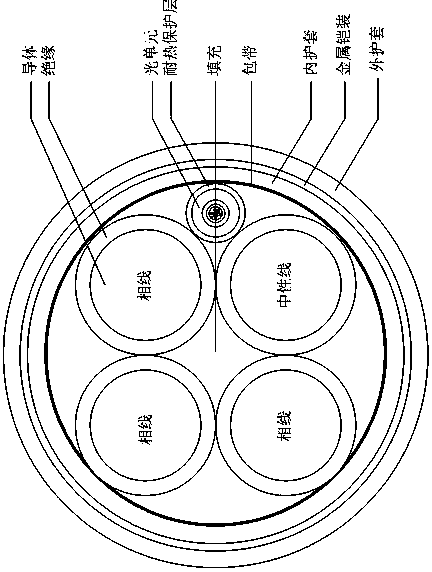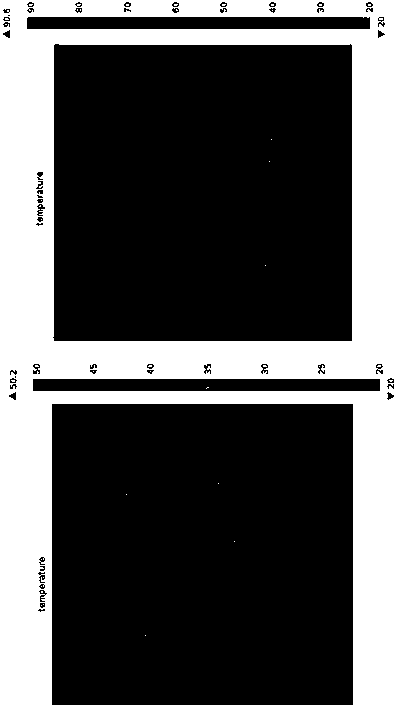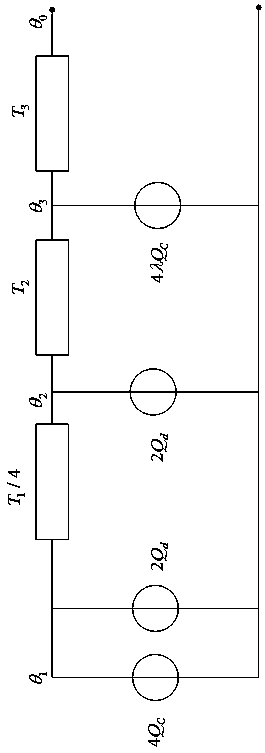OPLC thermal circuit modeling method based on superposition principle
A technology based on thermal circuit model and superposition principle, applied in electrical digital data processing, special data processing applications, instruments, etc., can solve problems such as large temperature error and low accuracy of model parameters
- Summary
- Abstract
- Description
- Claims
- Application Information
AI Technical Summary
Problems solved by technology
Method used
Image
Examples
Embodiment Construction
[0066] The invention proposes an OPLC thermal circuit model modeling method based on the superposition principle. Through the simulation of the OPLC temperature field, it can be known that the heating of the OPLC four-cable core is asymmetrical, so the invention models the thermal circuit model under the condition of four-cable core heating and the thermal circuit model under the condition of single-core heating, and applies the principle of superposition to The thermal circuit models in the two cases are superimposed, and then the thermal circuit model in the case of three-core heating is obtained. In order to improve the accuracy of the model, the particle swarm optimization algorithm was used to identify the parameters in the model, and the optimization of the model parameters was realized through the simulation of the MATLAB platform, which improved the accuracy of the model parameters, and then obtained more accurate temperature values of each layer of OPLC, which was ve...
PUM
 Login to View More
Login to View More Abstract
Description
Claims
Application Information
 Login to View More
Login to View More - R&D
- Intellectual Property
- Life Sciences
- Materials
- Tech Scout
- Unparalleled Data Quality
- Higher Quality Content
- 60% Fewer Hallucinations
Browse by: Latest US Patents, China's latest patents, Technical Efficacy Thesaurus, Application Domain, Technology Topic, Popular Technical Reports.
© 2025 PatSnap. All rights reserved.Legal|Privacy policy|Modern Slavery Act Transparency Statement|Sitemap|About US| Contact US: help@patsnap.com



